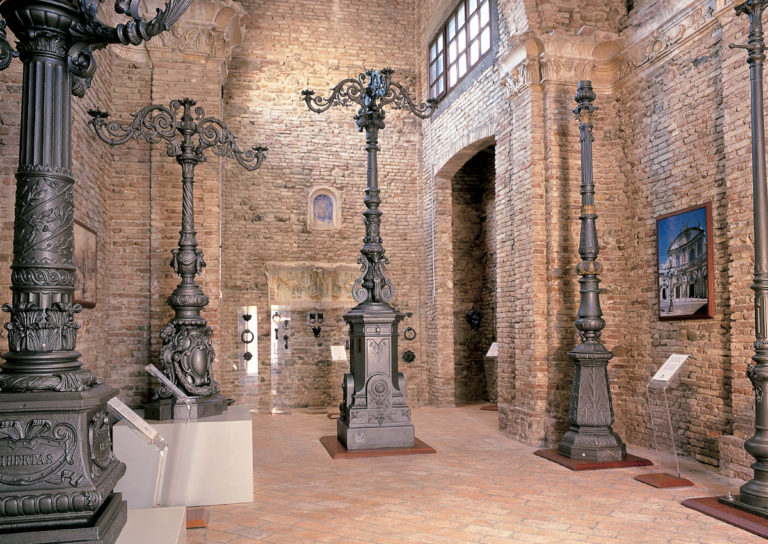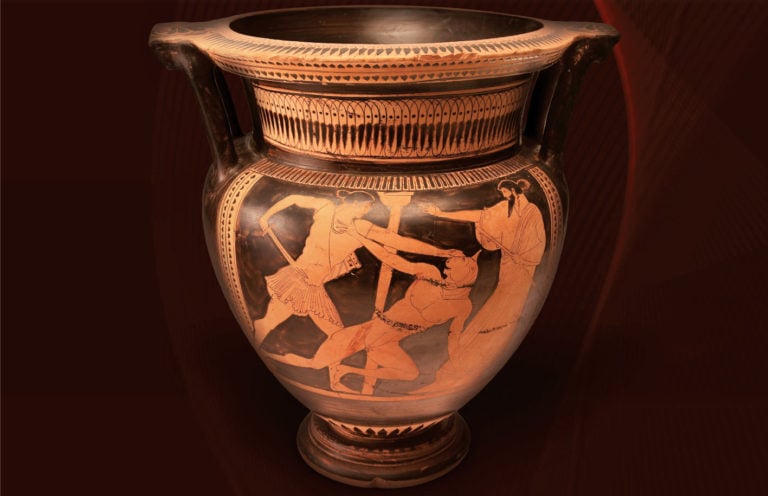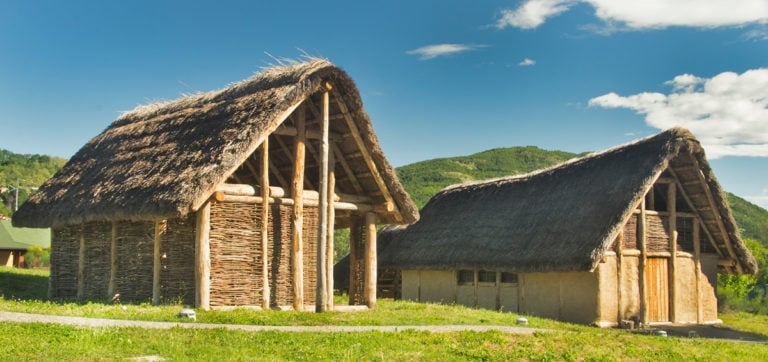Archaeology is all about emotions, a discovery, but also love for travel. It’s a journey backwards in history, that aims at knowing what our origins are and from where we come. This is a chance to give our present a social meaning through the interpretation of artefacts and finds, as well as written and iconographic remains our ancestors left behind during their life.
Emilia Romagna – like the rest of Italy – has been the cradle for variious people and cultures over the centuries. Archaeological digs started from the 19th century onwards, whether fortuitous or planned.
The findings led to the definition of an ever more precise timeline, especially when it comes to the alternation of cultures, playing an active role in the creation of collective memory. Today, part of the findings are hosted inside the museums and the archaeological sites spread throughout Romagna.
In this article we are taking you on a tour of these museums and sites, hoping you will find some useful tips to visit them personally.
ARCHAEOLOGICAL SITES IN EMILIA – SOURCE: REGIONAL TOURISM SYSTEM
Ferrara and its Province
National Archaeological Museum of Ferrara
Where: Palazzo Costabili, also known as “di Ludovico il Moro” | Ferrara
Housed in one of the most beautiful Renessaince buildings of the city, the National Archaeological Museum of Ferrara is closely related to the discovery of Spina, the most important Etruscan port of the Adriatic Sea between 6th and 3rd century B.C.
You will be amazed by the multiple objects on display: Big Attican vases of great workmanship, findings of everyday usage and the impressive golden objects coming from the excavation of the built-up area and from the over 4000 burials found in the last century.
Don’t miss the room of the pirogues hosting two perfectly preserved boats dating back to the late Roman empire.
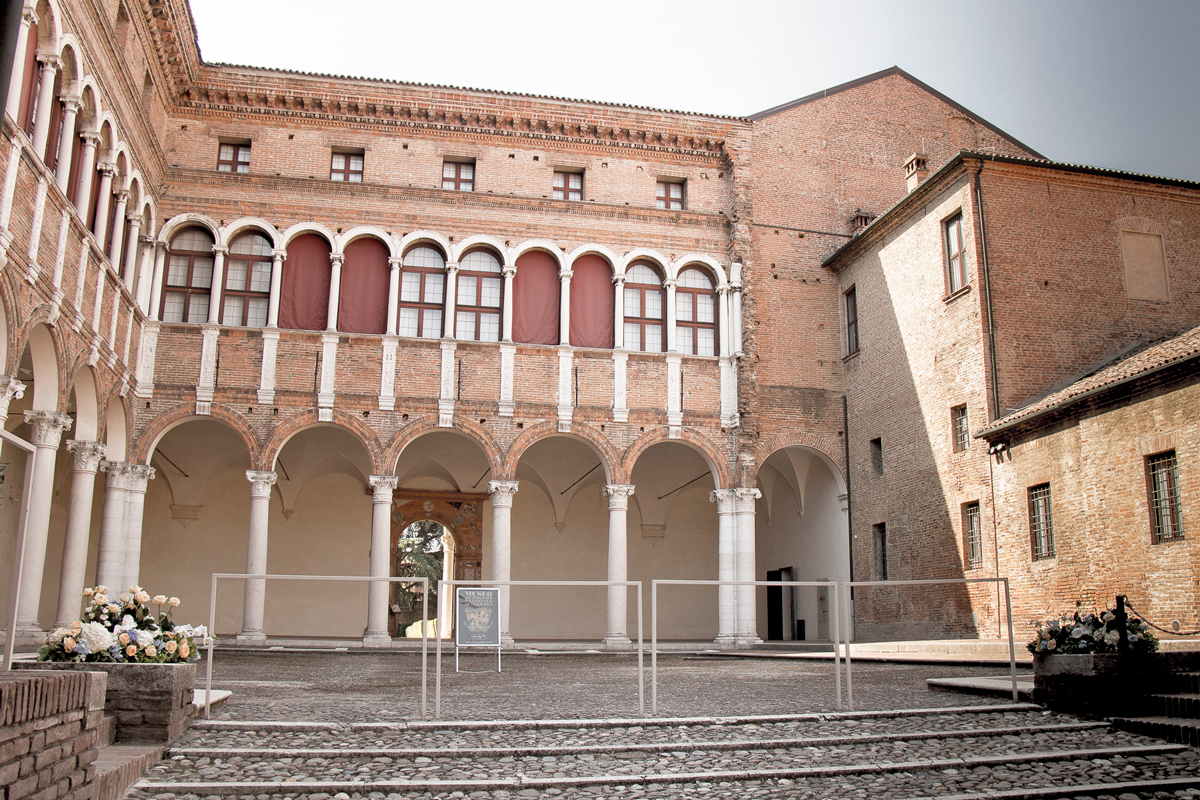
Lapidary Museum
Where: Via Camposabbionario | Ferrara
Originally known as the Church of Santa Libera, the Lapidary Museum is a small but well-preserved building just a few steps away from Palazzo Schifanoia. The museum hosts many interesting craft funeral artifacts, such as the stelae and the sumptuous sarcophagi from the Po Delta area dating back to the first half of the 1st to the 3rd-century A.D.
Museo Delta Antico
Where: Ospedale degli Infermi – Via Agatopisto, 2 | Comacchio
This Museo Delta Antico (Ancient Delta Museum) rebuilds the history of the territory in an innovative way by using interactive set-ups and 3D installations.
The museum tour begins with the origins of the Delta area and continues through to the establishment of the early medieval trading centre of Comacchio, also including Spina and the Roman occupation, with the valuable cargo of the famous Comacchio ship.
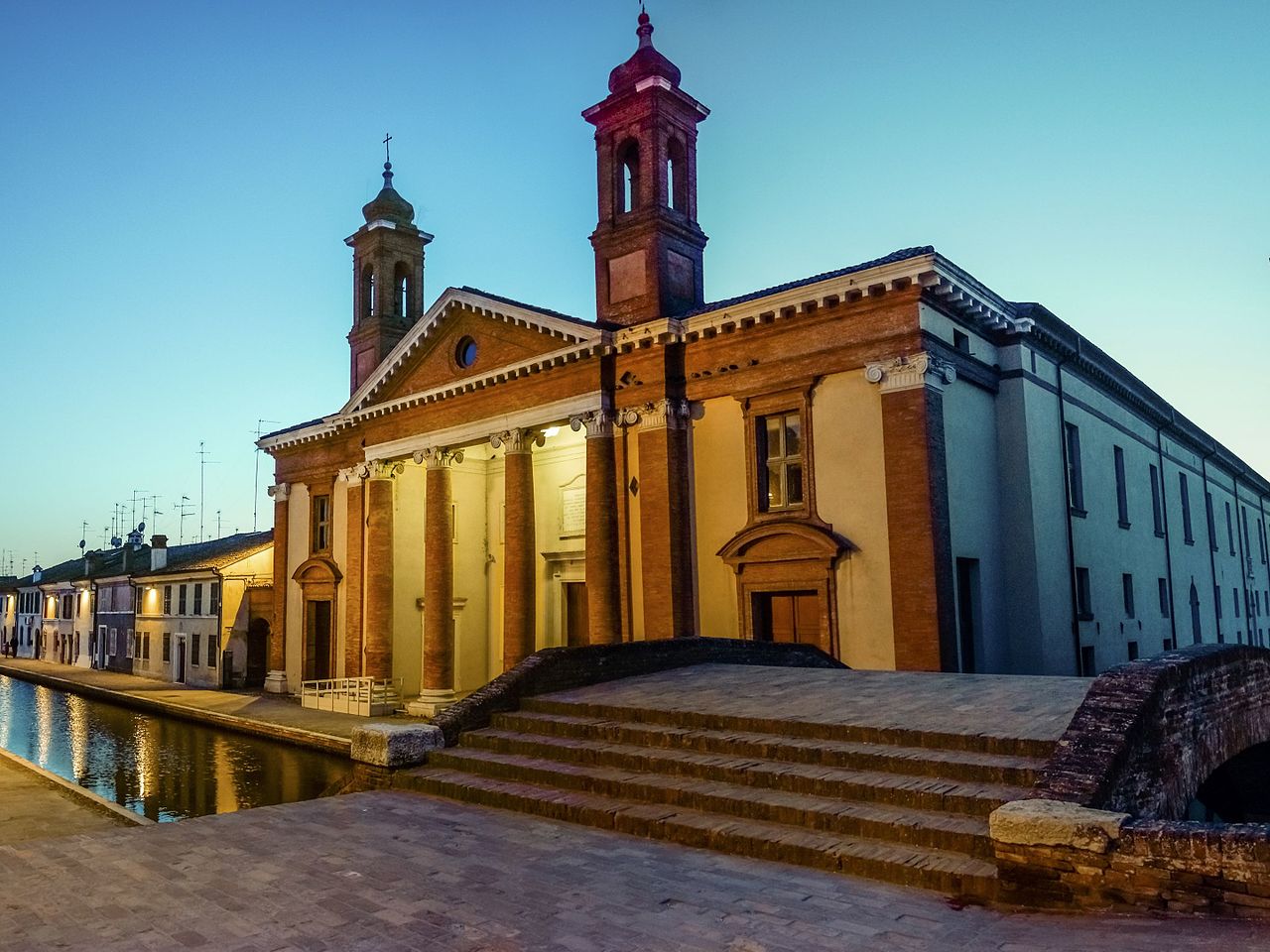
SEE ALSO:
- Museum of Belriguardo | Delizia di Belriguardo (Voghiera)
- Archaeological Museum: the Necropolis of the Fadieni Family | Delizia del Verginese (Portomaggiore)
- Roman Necropolis of Voghenza | Voghenza
- “G. Ferraresi” Archaeological Civic Museum | Stellata di Bondeno
- Museum of the Territory of Ostellato | Ostellato
Ravenna and its Province
Domus of the Stone Carpets
Where: via Barbiani | Ravenna
The Domus of the Stone Carpets is one of the most important archaeological sites found in Italy in the last twenty years. It is a villa dating back between the Roman and the Byzantine Era with finely decorated mosaic and marble floors.
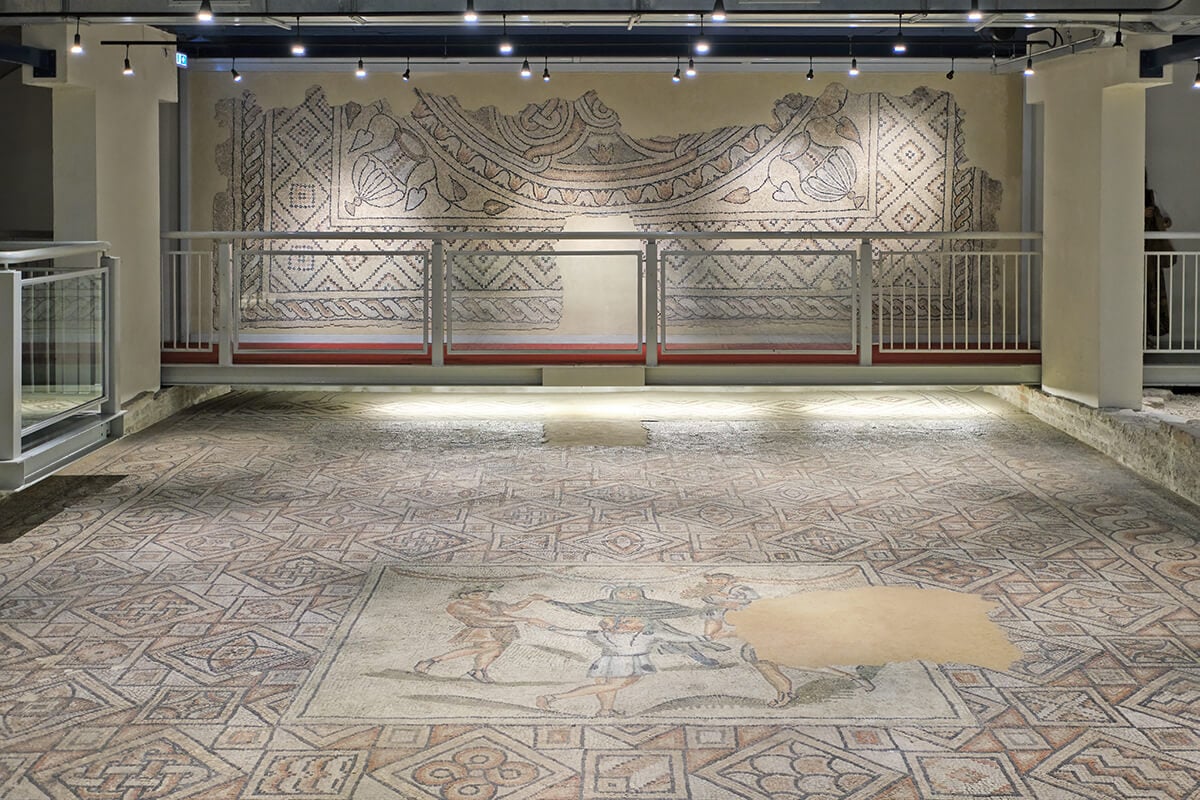
The National Museum of Ravenna
Where: via San Vitale, 17 | Ravenna
The National Museum of Ravenna is housed inside the Benedictine monastery of San Vitale. It houses important archaeological finds and collections of minor arts that trace the history of Ravenna and its territory from protohistoric times to the Middle Ages.
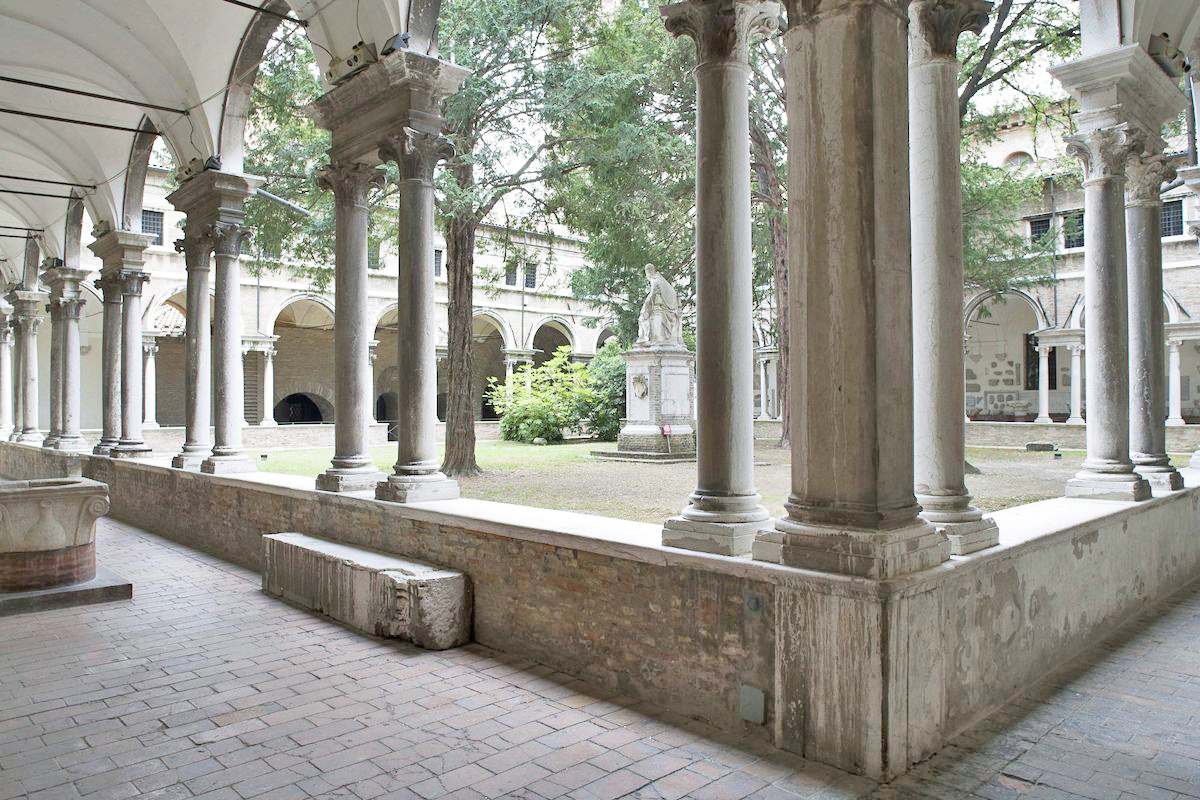
The (so-called) Theoderic’s Palace
Where: via di Roma, corner with via Alberoni | Ravenna
According to some people, this building was part of the former King Theoderic’s Palace, while others say that it is the remains of an ancient late Medieval church.
The only thing we know for sure is that its top floor has some mosaics and marble decorations that were found at the start of the last century, during the excavation of the remains of Ravenna’s late antique imperial palace.
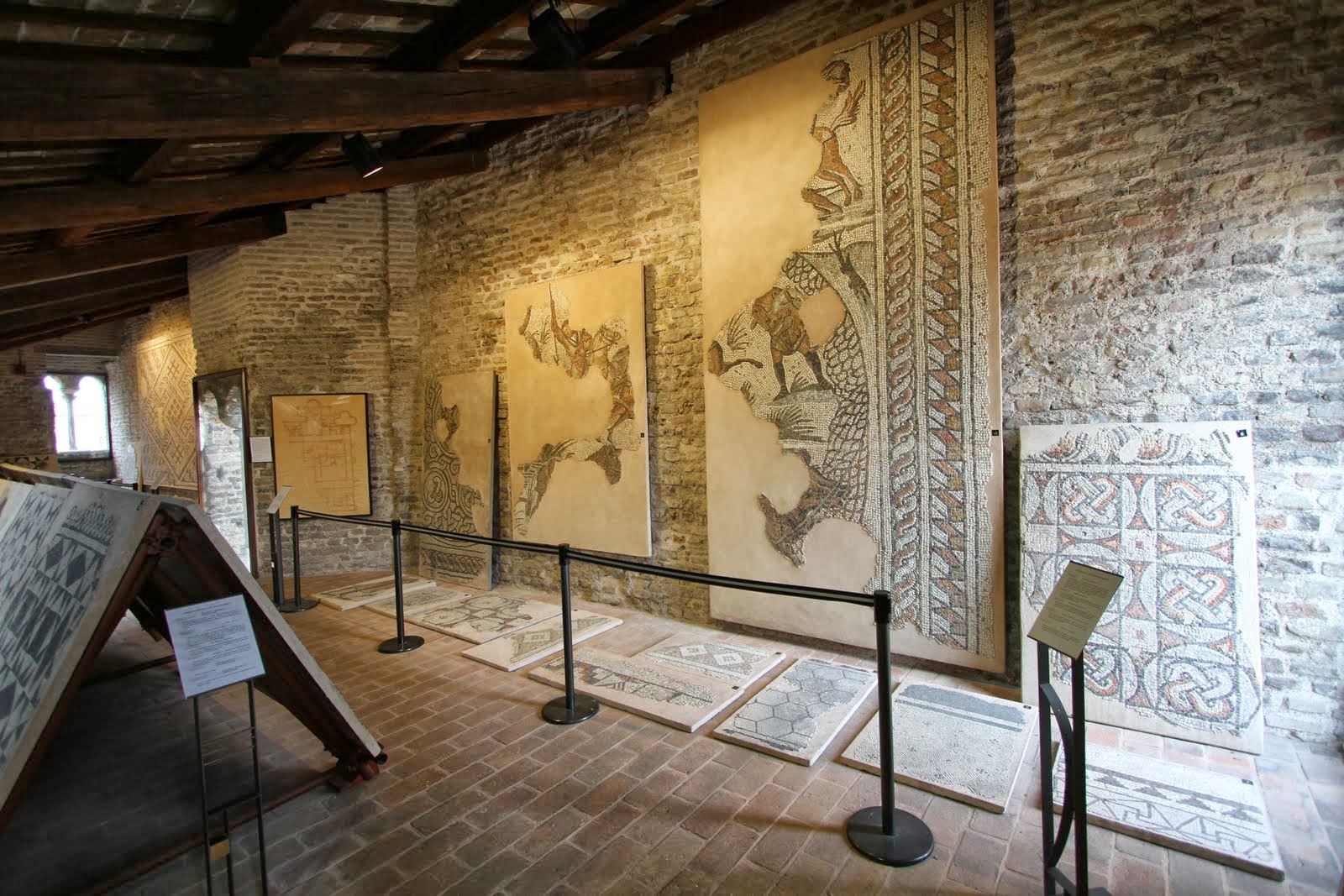
The Archiepiscopal Museum
Where: via San Vitale, 17 | Ravenna
This museum was founded in the mid-17th century to house works of art from the city’s ancient cathedral, which was demolished and rebuilt during that period.
Over time, it has welcomed numerous archaeological finds from excavations carried out in churches throughout the diocese. Distinguishing features: within its walls lies one of the city’s UNESCO monuments, the Archiepiscopal Chapel of Sant’Andrea.
The Ancient Port of Classe
Where: via Marabina, 7 | Ravenna
With its porticoed warehouses along the banks of a canal, reached by a paved road, the Ancient Port of Classe is part of the commercial district of the town of Classe, built in the early 5th century on the southern edge of Ravenna, when the capital of the Roman Empire was moved from Milan.
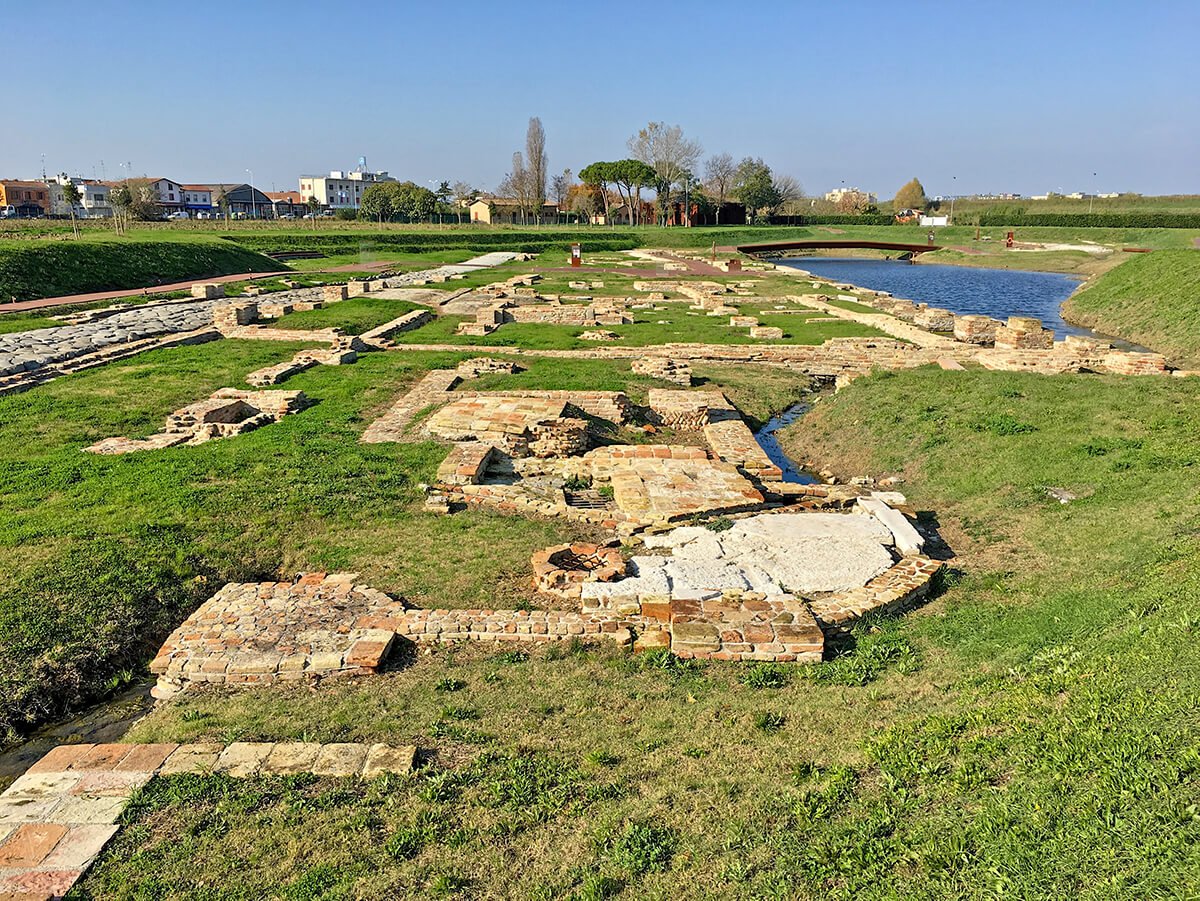
Classis – Museo Della città e del Territorio
Where: via Classense, 29 | Ravenna
It is one of the most important archaeological museums in Italy, and a real trip backwards in history. Housed in the ex-sugar factory of Classe, it stretches over an exhibition area of 2800 square metres, surrounded by a green park of one and a half hectares always open to the public.
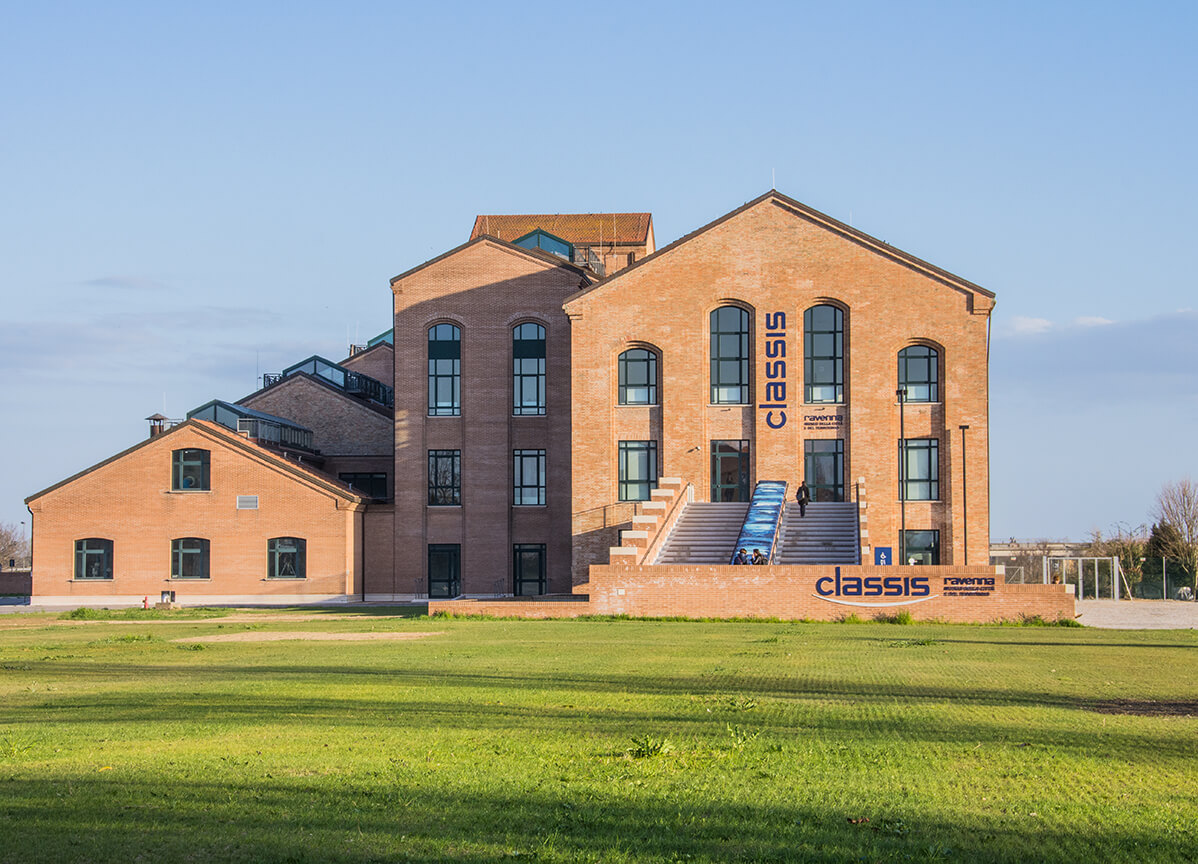
The Roman Villa in Russi
Where: via Fiumazzo, 25 | Russi
Located only 20 km westwards from Ravenna, Russi’s Roman Villa is one of the best-preserved country-villas of the whole Northern Italy.
Built to produce food for the Roman military fleet stationed in Classe, today it looks much as it probably did during the early imperial period (1st-2nd century AD).
Forlì/Cesena and its Province
MAF – Forlimpopoli Archaeological Museum ‘Tobia Aldini’
Where: Piazza Fratti, 4 | Forlimpopoli
The MAF Museum is hosted inside Forlimpopoli’s Albornoz fortress. Thanks to the presence of archaeological findings from the area of Forum Popili, it helps visitors find out more about the local history. The objects on display range from the Paleolithic to the Middle Ages.
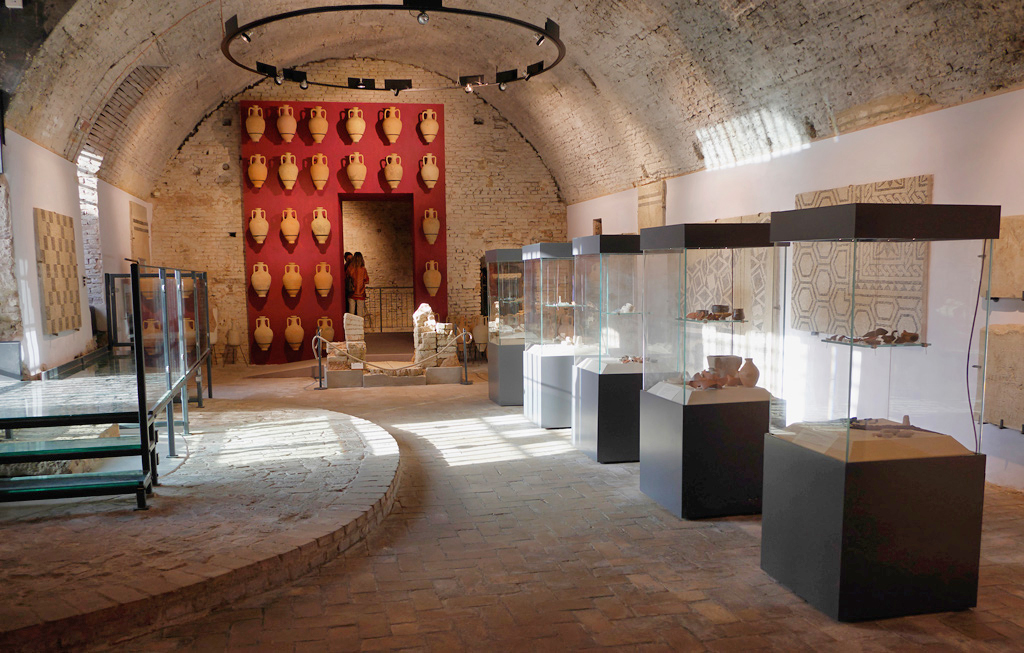
City Museum | Monsignor Domenico Mambrini
Where: via Pianetto Borgo | Galeata
The museum is near the archaeological area of the Roman city of Mevaniola, and it is a part of the Convent of the Minor Fathers in Pianetto.
Inside, the museum retraces the history of the Roman-Umbrian city of Mevaniola, of the refined and elegant Theoderic’s Villa, of the Abbey of Sant’Ellero and of the Castle of Pianetto.
Sarsina Archaeological Museum
Where: via Cesio Sabino, 39 | Sarsina
Sarsina Archaeological Museum is one of the most important archaeological museums in Northern Italy. Since its opening at the end of the 19th century,its collections have grown steadily as excavations in the city and, most of all, in the necropolis in Pian di Bezzo have progressed.
Even if it hosts items of a very wide time frame, its collections mostly focus on the Republican Imperial Epoch (1st century BC until 2nd – 3rd century AD).
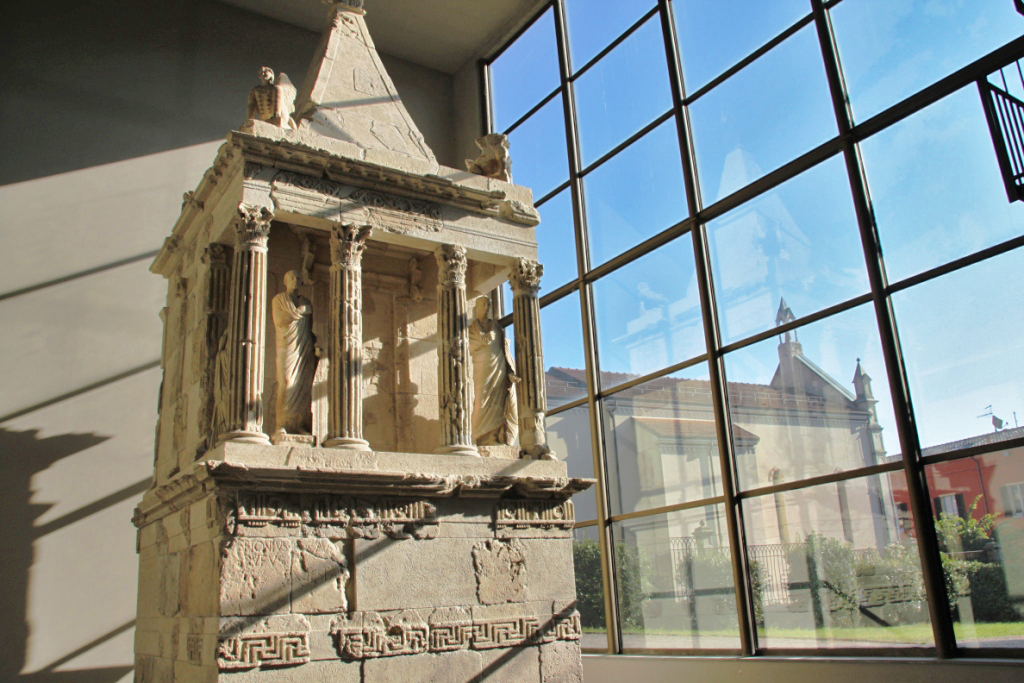
Cesena Archaeological Museum
Where: Piazza Maurizio Bufalini | Cesena
This museum is hosted inside the Malatestian Library, which is also part of the Unesco register Mémoire du Monde. It retraces the history of Cesena and of its territory thanks to its material culture.
Seafaring Museum
Where: via Armellini, 18 | Cesenatico (FC)
Set on the canal port of Cesenatico, the museum hosts several relics related to the city’s past, most of them dating back to the Roman Age.
Renzi Museum San Giovanni in Galilea
Where: via Matteotti, 27 | Borghi (FC)
It was founded in 1885 by Don Francesco Renzi, which makes it one of the most ancient museums in Italy. The museum recollects the history of the territory between the Valleys of the rivers Marecchia and Rubicone through its various themed collections and several finds that have been uncovered over the centuries.
Archaeological Museum of Compito
Where: via San Giovanni, 7 | Savignano Sul Rubicone
This museum was born in 1930 with the aim of collecting the archaeological objects found along the Via Aemilia.
Strongly desired by Don Giorgio Franchini, the museum houses a significant collection of architectural and sculptural fragments, figurative terracotta pieces linked to the decoration of important buildings from the Republican era, various Etruscan and Roman coins, ceramics, fossils as well as osteological finds.
Rimini and its Province
Bridge of Tiberius, Arch of Augustus and Roman Amphitheatre
Where: city centre | Rimini
The historic centre of Rimini jealously enshrines these three Roman monuments; they are essential to learn more about the history of the ancient Ariminum.
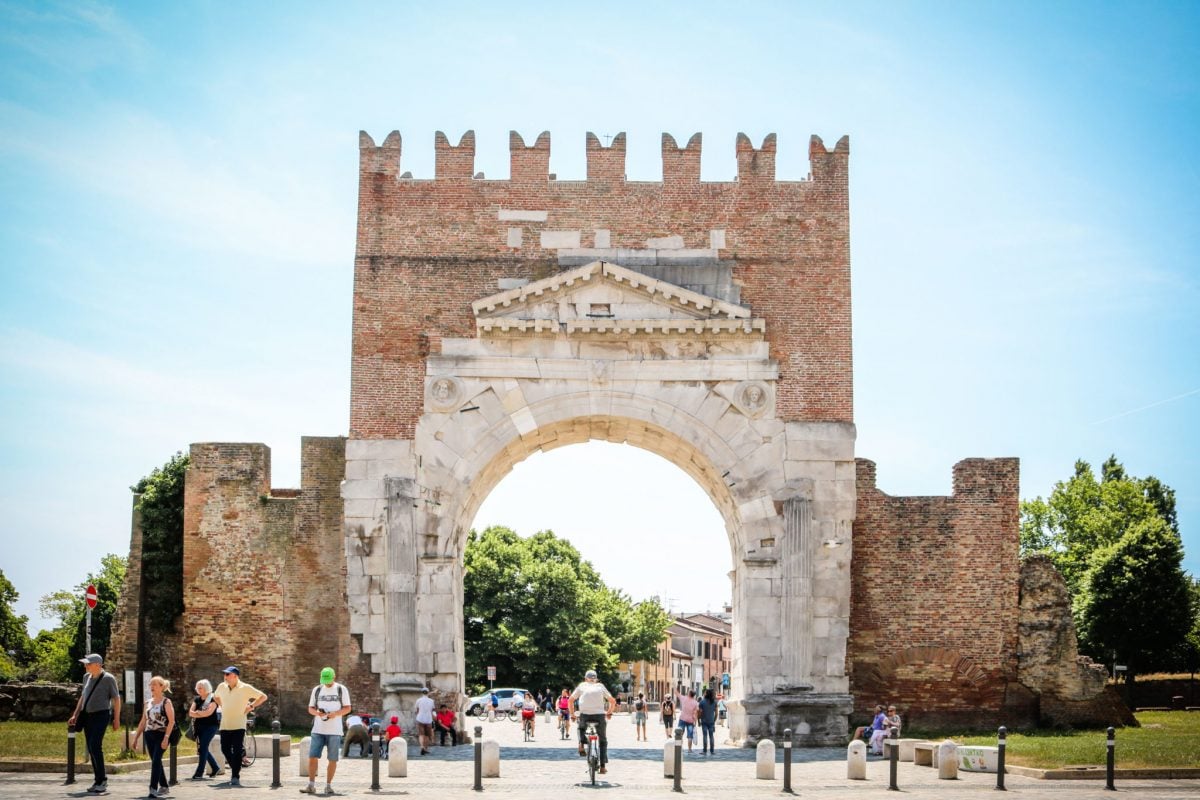
The Surgeon’s Domus
Where: Piazza Ferrari | Rimini
This is a veritable Roman Domus that was dug at the beginning of the 1980s right in the heart of Rimini: it consists of more than 700mq of mosaic floors and material structures.
The excavation also led to the discovery of the remains of a Late Imperial house, of a Late Medieval village and of a big burial site.
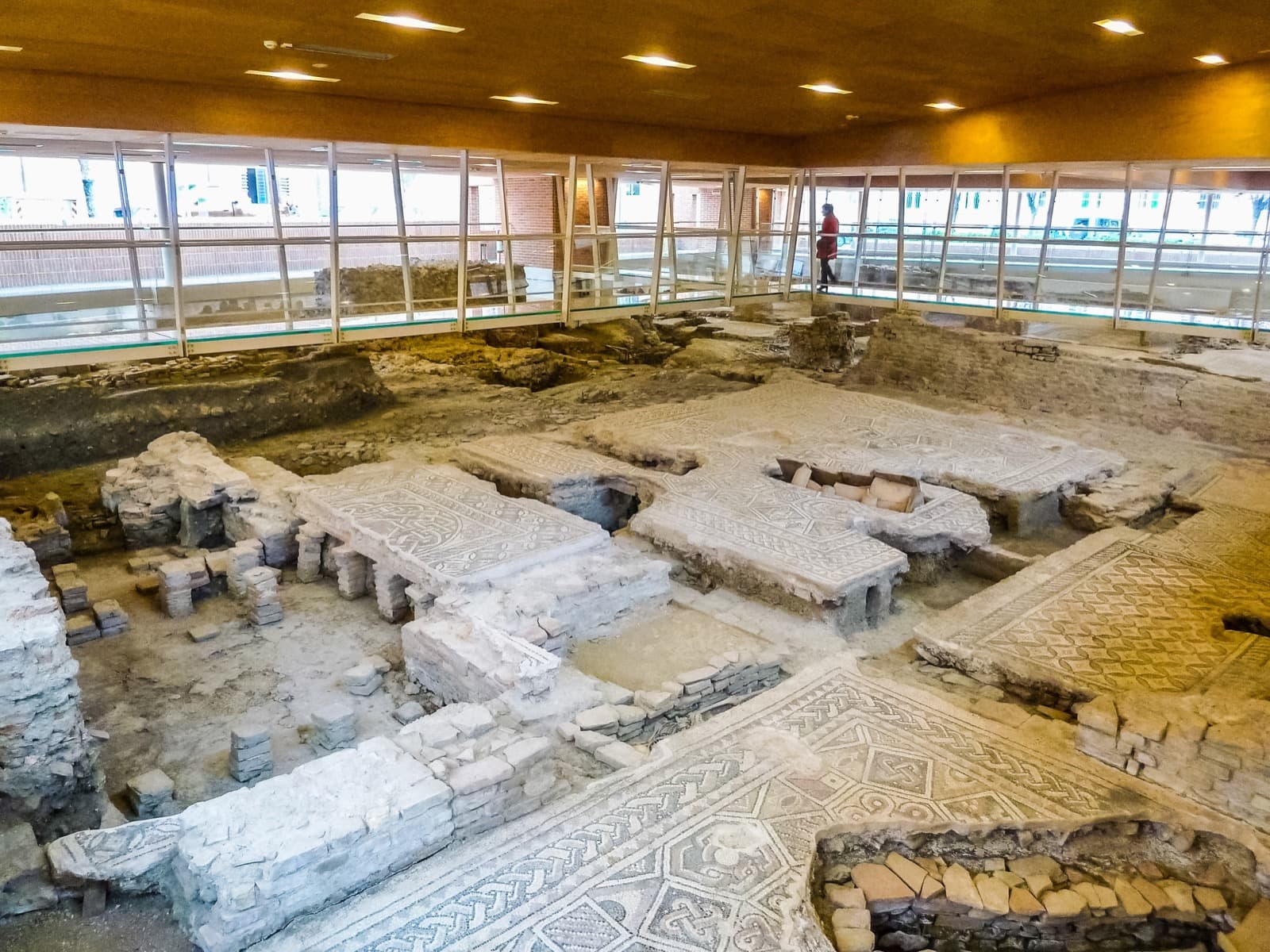
City Museum of Rimini
Where: via L. Tonini, 1 | Rimini
This museum is dedicated to the city’s history. In particular, its archaeological section is a journey that goes from Prehistory until Late Antiquity.
The exhibition includes the surgical instruments and artifacts that were found during the excavation in Piazza Ferrari and the splendid mosaics from Palazzo Diotallevi.
“Arimini” Visitor Center
Where: Corso d’Augusto, 235 | Rimini
The great Giulio Caesar’s avatar guides you on a multimedia and interactive tour of Rimini and its territory.
Villanovan Municipal Archaeological Museum
Where: via Sant’Agostino, 14 | Verucchio
The museum is located inside Verucchio’s Agostinian Fathers Monastery, dating back to the 14th century. It hosts objects and furniture recalling the Etruscan occupation of the area dating back to the Orientalising Epoch, one of their most glorious periods.
The museum exhibits come from hundreds of Villanovan and Etruscan tombs dating back between the 10th and 6th century B.C.
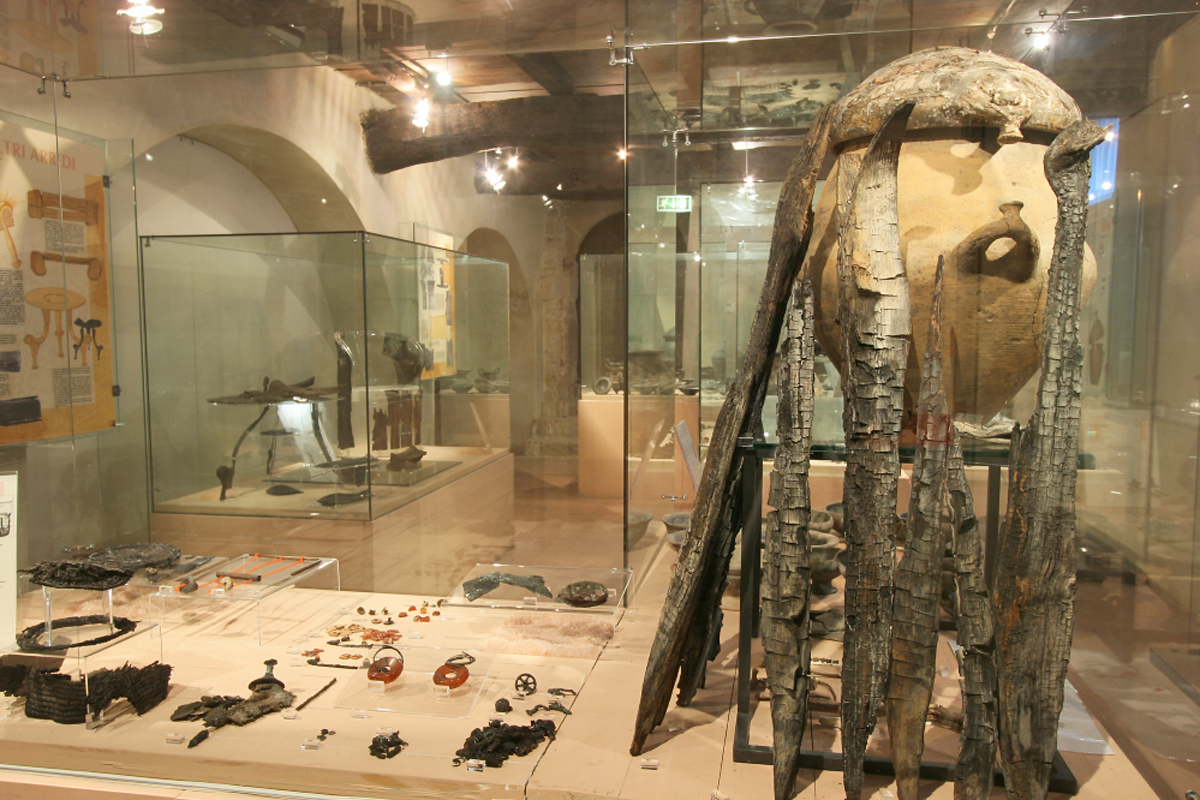
MUSAS – Santarcangelo Archeological History Museum
Where: via Montevecchi, 41 | Santarcangelo di Romagna
Deep in the heart of one of the most beautiful villages of the province of Rimini, the museum hosts and promotes the archaeological and art-historical heritage of the city and its territory.
Riccione Territory Museum L. Ghirotti
Where: via Lazio, 10 | Riccione
The most significant testimony linked to Riccione and its surroundings, this museum hosts numerous finds that range from prehistory to the Roman Age. A wide selection of fossils, minerals, rocks, as well as a wide range of stone, bone, pottery and metal items is on display here.
Regina Museum
Where: via Pascoli, 23 | Cattolica
This museum hosts an entire section dedicated not only to the local seafaring tradition, but also to the building phases and the further developments of the ancient city of Cattolica, from the very first years of Romane Age until the Late Imperial Age.
Author
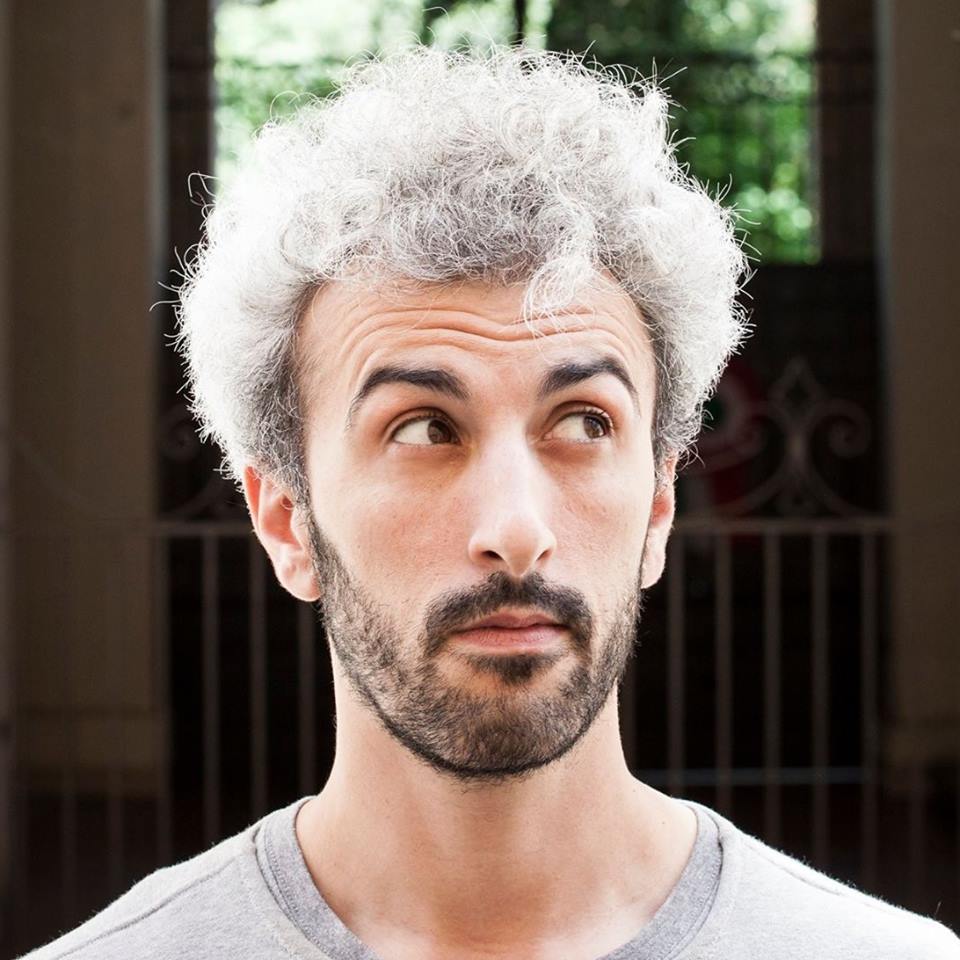
Davide Marino
Davide Marino was born archaeologist but ended up doing other things. Rational – but not methodic, slow – but passionate. A young enthusiast with grey hair
You may also like
I Luoghi dell’Archeologia Industriale in Romagna
by Davide Marino /// February 10, 2017
Museo Delta Antico: a museum in the heart of Comacchio
by Davide Marino /// March 23, 2017

Interested in our newsletter?
Every first of the month, an email (in Italian) with selected contents and upcoming events.
